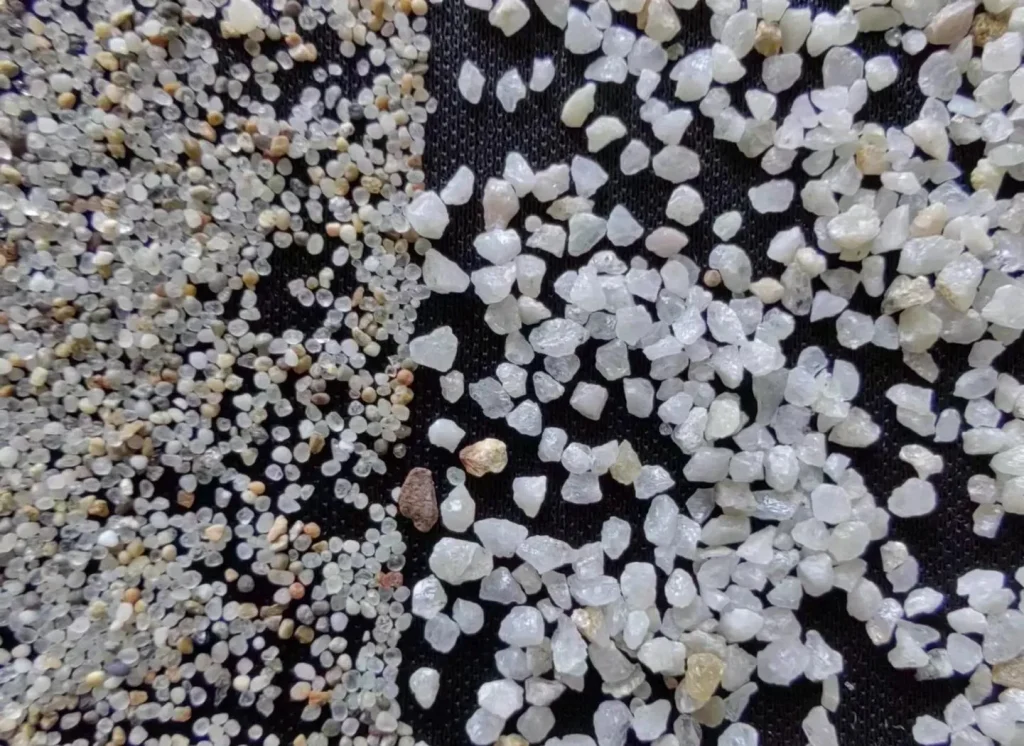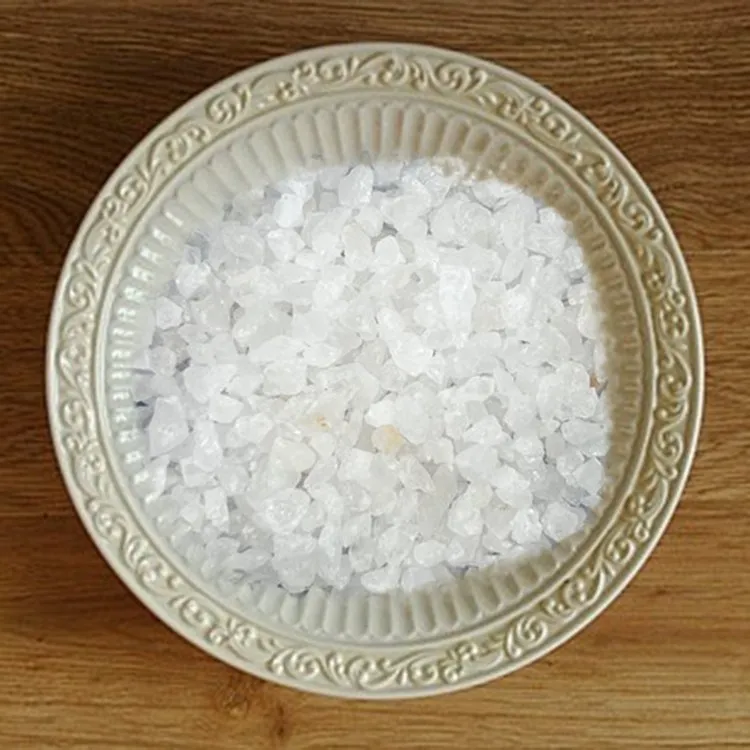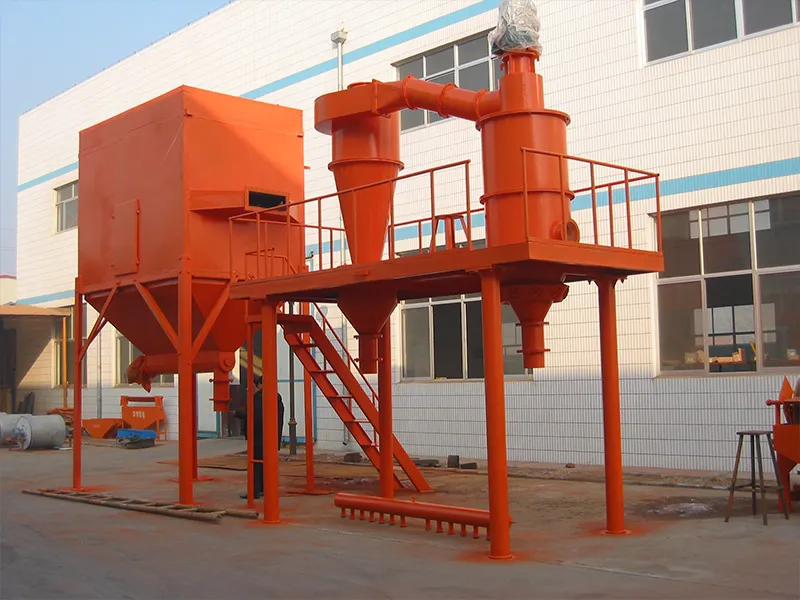Types of Impurities in Natural Quartz
The main types of impurities in natural quartz include lattice impurities, fluid inclusions, mineral inclusions, intercrystalline impurities, and micron inclusions.
Mineral inclusions and melt inclusions in quartz are extremely fine and tightly wrapped by quartz, making them difficult to remove by smelting methods without destroying the quartz crystals.

Occurrence Forms of Impurities in Quartz Minerals and Their Purification Difficulty
| Impurity Type | Occurrence Form | Purification Difficulty |
| Lattice impurities | Lattice substitution (Al3+Al3+, Fe3+Fe3+, B3+B3+, Ti4+Ti4+, Ge4+Ge4+, P5+P5+), charge compensation in interstitial channels (Li+Li+, K+K+, Na+Na+, H+H+, Fe2+Fe2+) | Extremely difficult to remove |
| Mineral inclusions | Fine-grained rutile, mica, feldspar, clay, etc. | Partially removable |
| Fluid inclusions | Gases, liquid salts (NaNa, KK, HH, CaCa, ClCl) and CO2CO2, N2N2, H2SH2S, CH4CH4 | Large-sized ones removable |
| Intercrystalline impurities | Impurity microcrystals, mineral inclusions, and fluid inclusions along grain boundaries | Removable |
| Submicron inclusions | Needle-like micro-zircon, apatite, monazite, feldspar, mica | Extremely difficult to rem |
The Impact of Fluid Inclusions on Quartz Purity
The impact of fluid inclusions on high-purity quartz is primarily seen in two ways. First, fluid inclusions are rich in metal ions, which is one of the main factors affecting the purity of quartz. Second, these fluid inclusions do not completely burst during the melting process of quartz. The gas generated from heating is difficult to discharge in the high-viscosity quartz melt, which is one of the main causes of bubble defects in quartz glass products.
Studies have shown that the content of fluid inclusions in quartz is directly proportional to the number of bubble defects in quartz products.
Therefore, the content of mineral inclusions and fluid inclusions in quartz is one of the main factors affecting the quality of quartz products. To determine whether a quartz ore can produce high-purity quartz sand, it is necessary to assess the content of mineral inclusions and fluid inclusions through process mineralogy research. This helps to preliminarily evaluate the feasibility of processing potential samples.
Purification Process for High-Purity Quartz
The purification process of high-purity quartz is mainly divided into preliminary mineral sorting and chemical deep purification. Preliminary physical sorting methods such as color sorting, magnetic separation, and flotation can remove nearly all mineral impurities in the form of monomers. However, physical sorting cannot remove fluid inclusions and lattice impurities in quartz. Therefore, chemical deep purification is essential for preparing high-purity quartz.
The core process of chemical deep purification is acid-base leaching, with mixed acid leaching (hydrofluoric acid as the primary leaching acid) being the most widely used method.
Additionally, due to the presence of impurity elements and fluid inclusions, the purification of high-purity quartz requires the use of thermal property differences between the silicon-oxygen bond at the interface and the metal-oxygen bond. Through high-temperature calcination followed by rapid water quenching, inclusions are burst, and crystals crack at the crystal transformation point, which improves the impurity removal rate.

About Epic Powder Machinery
Epic Powder Machinery is a leading manufacturer of advanced ultrafine grinding and classifying equipments, specializing in high-purity quartz processing. With years of experience and European core technology, we provide customized solutions to meet the specific needs of industries such as electronics, chemicals, and materials. Our state-of-the-art jet mills and classifiers ensure optimal purity and precision in powder production, helping our customers achieve superior product quality and performance.

